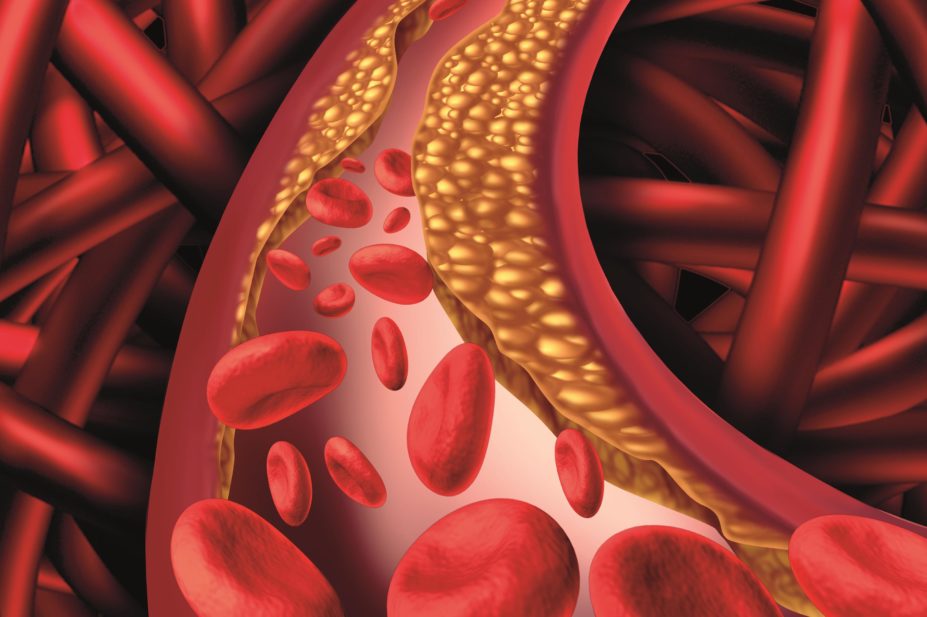
Shutterstock.com
Less than 60% of patients receiving lipid-lowering therapy achieve the low-density lipoprotein cholesterol (LDL-C) levels set out in European guidelines, a cross-sectional study in the European Journal of Preventive Cardiology has revealed (28 August 2020)[1]
.
The research included 5,888 patients from 18 European countries, including 3,000 patients treated for primary prevention and 2,888 patients treated for secondary prevention. The team assessed LDL-C levels against the 2016 European Society of Cardiology/European Atherosclerosis Society guidelines, which prescribed targets according to cardiovascular risk level.
Overall, 54% achieved the LDL-C goal for their risk level. Among patients receiving high-intensity statin monotherapy, LDL-C goals were achieved by 22% of very high-risk primary prevention patients and 45% of secondary prevention patients. Moderate-intensity statin monotherapy was the most common regimen and combination regimens with ezetimibe (9%) or proprotein convertase subtilisin/kexin type 9 (PCSK9) inhibitors (1%) were rare.
In 2019, the guidelines were updated with even more stringent criteria and, according to these, only 33% met the treatment goal. The researchers said the findings highlighted a “gap” between treatment guidelines and clinical practice.
“Even with optimised statin usage, the prevalent gap between guideline recommended LDL-C goals and their implementation in clinical care will require greater utilisation of non-statin [lipid-lowering therapy] in combination with statins for patients at highest risk,” they concluded.
References
[1] Ray K, Molemans B, Schoonen W et al. EU-Wide cross-sectional observational study of lipid-modifying therapy use in secondary and primary care: the DAVINCI study. Eur J Prev Cardiol 2020. doi: 10.1093/eurjpc/zwaa047


